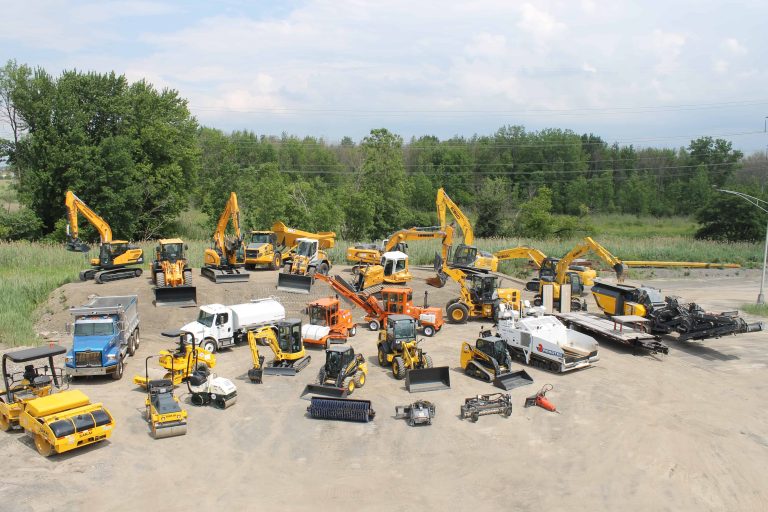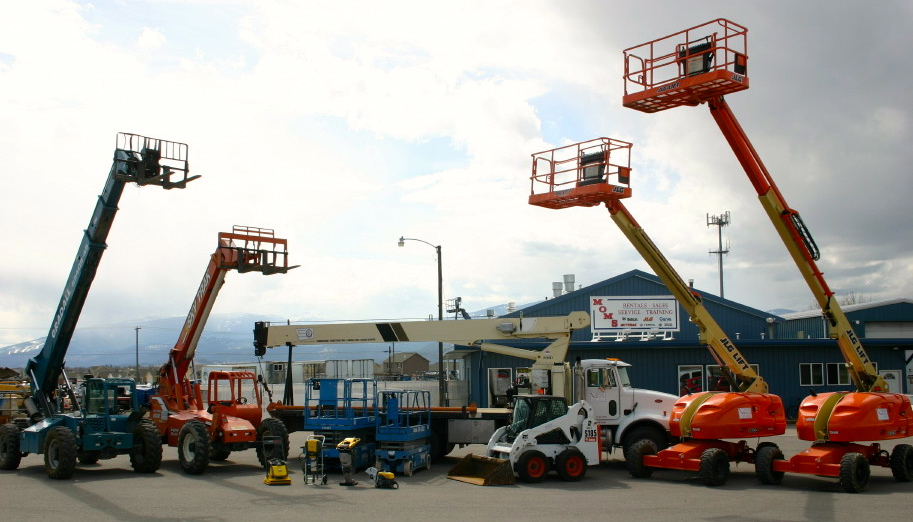Scissor Lift Rental: Safe and Reliable Lifting Solutions
Maximize Your Spending Plan by Understanding the Prices Connected With Building And Construction Equipment Leasings
Recognizing the complete range of prices connected with building and construction equipment rentals is critical for maximizing your budget plan. What strategies can be employed to effectively manage these costs and guarantee a more efficient rental experience?
Introduction of Rental Prices
When thinking about building tools rentals, comprehending the linked prices is paramount for efficient budgeting and task preparation. Rental costs can differ dramatically based upon a number of factors, including equipment type, period of rental, and place. The first rental fee frequently mirrors the devices's market need and its linked operational capabilities, influencing the general cost.
Along with the base rental rate, supplementary expenses may develop, such as transportation fees, fuel surcharges, and upkeep costs. It is vital to make up these additional expenses to accurately examine the complete cost of leasing devices. The rental period can impact prices; longer leasings may certify for affordable rates, while temporary leasings could sustain higher day-to-day fees.

Failure of Rental Rates
A thorough understanding of rental rates is crucial for specialists and task supervisors aiming to maximize their spending plans. Rental rates for building and construction devices commonly include several elements, consisting of base prices, time-based fees, and usage costs.
Base prices are the core charges associated with the rental of the tools, commonly identified by the type and size of the machinery. These rates can vary considerably, affected by variables such as tools need, availability, and local market patterns. Time-based charges, which might be daily, weekly, or monthly, offer to suit different task timelines and rental durations.
Furthermore, rental prices might consist of use costs, which apply when devices is utilized beyond a specified threshold, guaranteeing that the rental company can account for damage. Seasonal need changes can likewise influence rental prices, with peak building and construction periods normally regulating greater prices.
In addition, understanding the rental company's plans concerning maintenance and insurance can give further insight into the overall cost structure. By evaluating these elements, specialists can make enlightened decisions, making sure the option of rental equipment aligns with both job requirements and budget restraints.
Extra Fees to Take Into Consideration
Understanding the complexities of added fees is important for professionals to handle their general service costs efficiently. Past the conventional rental prices, various additional charges can substantially impact the complete price of equipment service. These costs usually consist of delivery and pickup costs, which can vary based on range and logistics entailed in carrying the equipment to and from the task site.
Moreover, some rental firms may impose gas additional charges if the devices is returned with much less fuel than when rented. It is additionally necessary to be mindful of prospective cleansing costs, specifically for specific equipment that needs complete maintenance after use.

Extensively examining the rental contract and clarifying these extra costs upfront can assist professionals make certain and avoid unanticipated prices that budget plans stay intact throughout the task lifecycle.
Upkeep and Fixing Expenditures
Regular repair and maintenance expenditures are frequently ignored variables that can considerably affect the total cost of building tools rentals. When renting devices, it is crucial to consider not just the rental costs but likewise the prospective expenses related to maintaining the equipment in ideal operating problem.
Numerous rental firms include fundamental maintenance as part of the rental arrangement; nevertheless, a lot more considerable repairs or unanticipated failures can result in additional expenditures. It's important to review the rental agreement carefully to recognize what maintenance solutions are covered and what duties fall on the renter.
In addition, tools that is not well-kept can result in inadequacies on the task website, potentially causing hold-ups and heavy equipment mats rentals near me raising project prices. To mitigate these risks, it is a good idea to conduct normal inspections and maintain open interaction with the rental company concerning any type of problems that occur during usage.
Insurance and Responsibility Prices
Insurance policy and liability prices are critical elements that can dramatically impact the overall cost of building and construction equipment services (aerial lift rental). These costs guarantee that both the rental business and the client are protected from potential monetary losses emerging from accidents, damages, or burglary throughout the rental period

Furthermore, customers ought to recognize any type of deductibles or exclusions in the insurance plan, as these can affect potential out-of-pocket costs. Recognizing the terms and conditions of any kind of insurance coverage is vital to prevent unforeseen costs. Eventually, budgeting for insurance coverage and liability expenses can help ensure a smoother rental experience and protect against monetary dangers related to building and construction jobs.
Conclusion
To conclude, a thorough understanding of the costs linked with construction tools services is essential for effective budget plan management. By examining rental rates, extra costs, upkeep expenditures, and insurance coverage people, companies and demands can lessen unforeseen expenses. This critical technique not just enhances cost-effectiveness but likewise makes certain that projects advance efficiently and successfully. Inevitably, notified decision-making regarding tools services adds to the total success of building and construction undertakings.
Rental costs can differ substantially based on numerous factors, including devices kind, period of leasing, and area (heavy equipment rental). The rental duration can impact prices; longer rentals might certify for reduced prices, while short-term leasings might incur greater daily costs
By conducting thorough research and engaging with respectable rental business, specialists can efficiently navigate the complexities of rental try this website pricing, ultimately maximizing their financial sources.
Beyond the basic rental prices, different extra fees can considerably affect the complete cost of equipment rental. Rental companies often offer responsibility insurance coverage that covers injuries to 3rd events or damage to property, while devices damage insurance policy can cover the expense of repair work or replacement if the leased equipment is damaged.